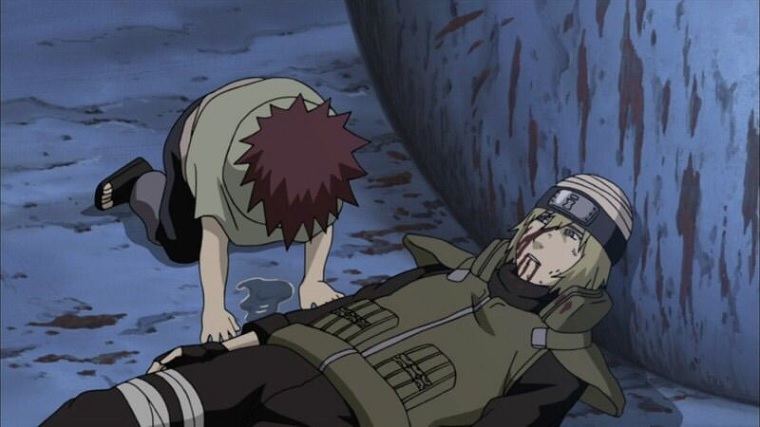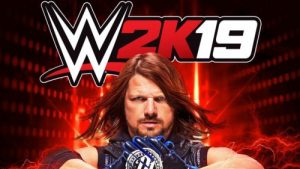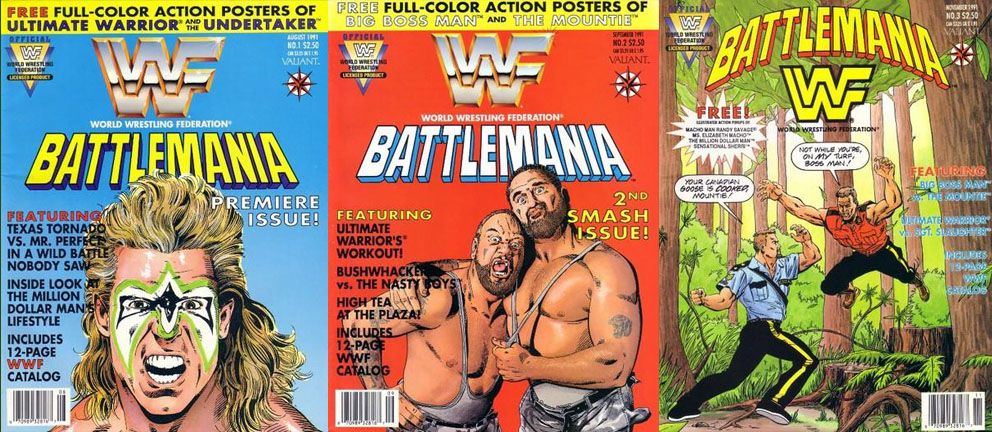(AfroGamers.com) You might remember Kinnikuman better as those small, often pink, figures you could get out of the bubblegum machine at stores. In the U.S., it was called M.U.S.C.L.E or Millions of Unusual Creatures Lurking Everywhere. They were in just about every store during the 1980s and 1990s even though the series was never dubbed in English–which is weird considering wrestling popularity during the 1980s and late 1990s.
From Comedy Series to Action Series
Kinnikuman was one of two famous wrestling manga, the other being Tiger Mask. The thing about Yudetamago’s 1979 series is that it started out as funny-at-times gag series. Originally, it was a parody of the Ultraman series with the gyuudon-powered Kinnikuman (Muscleman) fighting giant monsters that attacked Tokyo. He even used several of Ultraman’s attacks.
While comedy remained one of the main features of Kinnikuman, an action and drama element became prominent in the series when Yudetamago began introducing other chojin or supermen from Planet Kinniku. Of these were Terryman (modeled after legendary wrestler Terry Funk), Robin Mask, Brockenman, Ramenman, Jesse Maivia (modeled after legendary wrestler Peter Maivia, The Rock’s grandfather), and others.
Fight scenes in the series moved away from giant monster battles to high-powered wrestling matches that could often become life or death. The progression of these battles started as a special Chojin Olympics tournament where different super-powered aliens arrived to compete against each other into team battles with much more at stake.
Our Hero Kinnikuman
Kinnikuman’s story is an odd one. On a family trip, a pig made a lot of noise on their spaceship. His father, the 57th King of Planet Kinniku threw him off the ship thinking that he was the pig! Kinnikuman landed in Japan and was raised there under the name Suguru. Meanwhile, the pig began the Prince of Planet Kinniku and would become a tyrant years later.
As a chojin, Suguru possessed incredible strength and could fire energy blasts. This was in addition to being naturally athletic. With monsters menacing Tokyo regularly, he became one of the heroes to combat them using his unorthodox fighting style. While he won several monster battles, they weren’t the flashiest, cleanest fights and as a result he was either not taken seriously or soundly embarrassed.
Kinnikuman begins to shape up once his friend and trainer Meat moves in. Meat encourages him to take fights seriously and actually train–especially as the 20th Chojin Olympics approach. While Suguru’s victories are down to luck and fighting spirit more than his ability, he ascends to true hero status at the conclusion of the Olympics.
His fights with several chojin results in rivals and some hated enemies becoming allies. Most significant are two of my favorites Ramenman and Brockenman. Both were violent heels and big match players who eventually side with Suguru in some of the more brutal battles later in the series.
Legacy
Kinnikuman wasn’t a series that would show that anime could catch on like Dragon Ball. It didn’t show that anime could become a craze and actually be shown in Western theaters like Pokemon. Also, it didn’t set the pace for everything that came after for boys’ comics like Fist of the Northstar. No, Kinnikuman’s legacy is in presenting storyline elements during a time when they didn’t exist in anime or manga.
When it comes to manga and anime series, Kinnikuman was one of the first to use the team battle approach to the big storyline fight. This was at a time when fights were usually written as one-on-one or a duo against several. Now, the team battle and the tournament arc are almost mandatory in shonen manga. Outside of manga, the team battle existed in tokusatsu franchises like Super Sentai (known globally as Power Rangers).
The thing with Kinnikuman is that it can be hard to recommend. If you’re a wrestling fan you might enjoy it. If you love manga history the Chojin Olympics is something you should read. However, recommending the series from the start? Gag manga is something that you’re either going to really love or really hate. While it becomes an action series after the debut arc, it takes a few chapters to get there.
So, if you’re curious about this classic, I suggest jumping ahead to the Chojin Olympics. If you want something more recent, Kinnikuman Nisei is the direct sequel focusing on the children and protege of the 1979 characters. In the U.S. the series was dubbed as Ultimate Muscle and spawned several video games including two really good fighting games on Gamecube and PlayStation 2.
Staff Writer; M. Swift
This talented writer is also a podcast host, and comic book fan who loves all things old school. One may also find him on Twitter at; metalswift.

















Leave a Reply